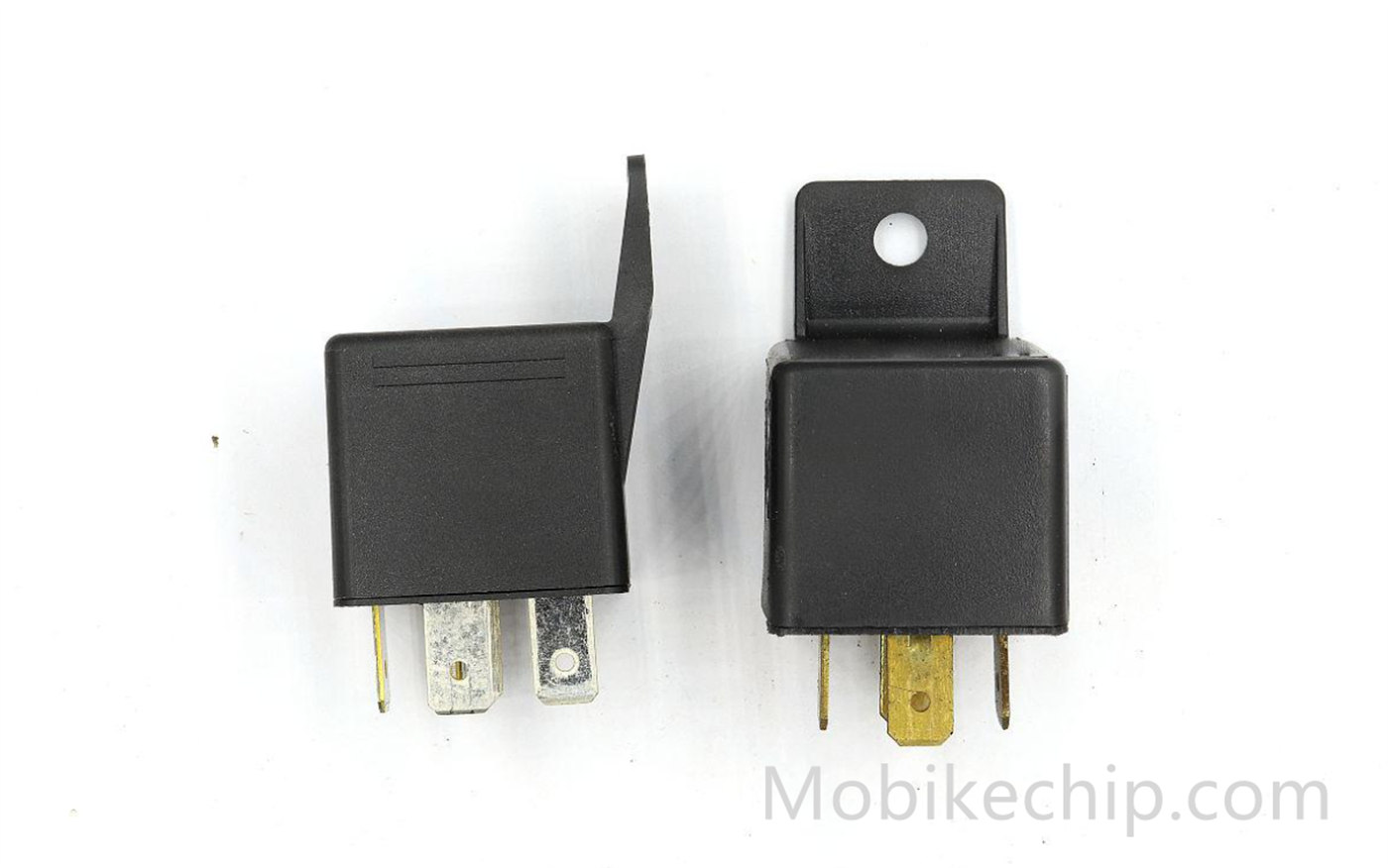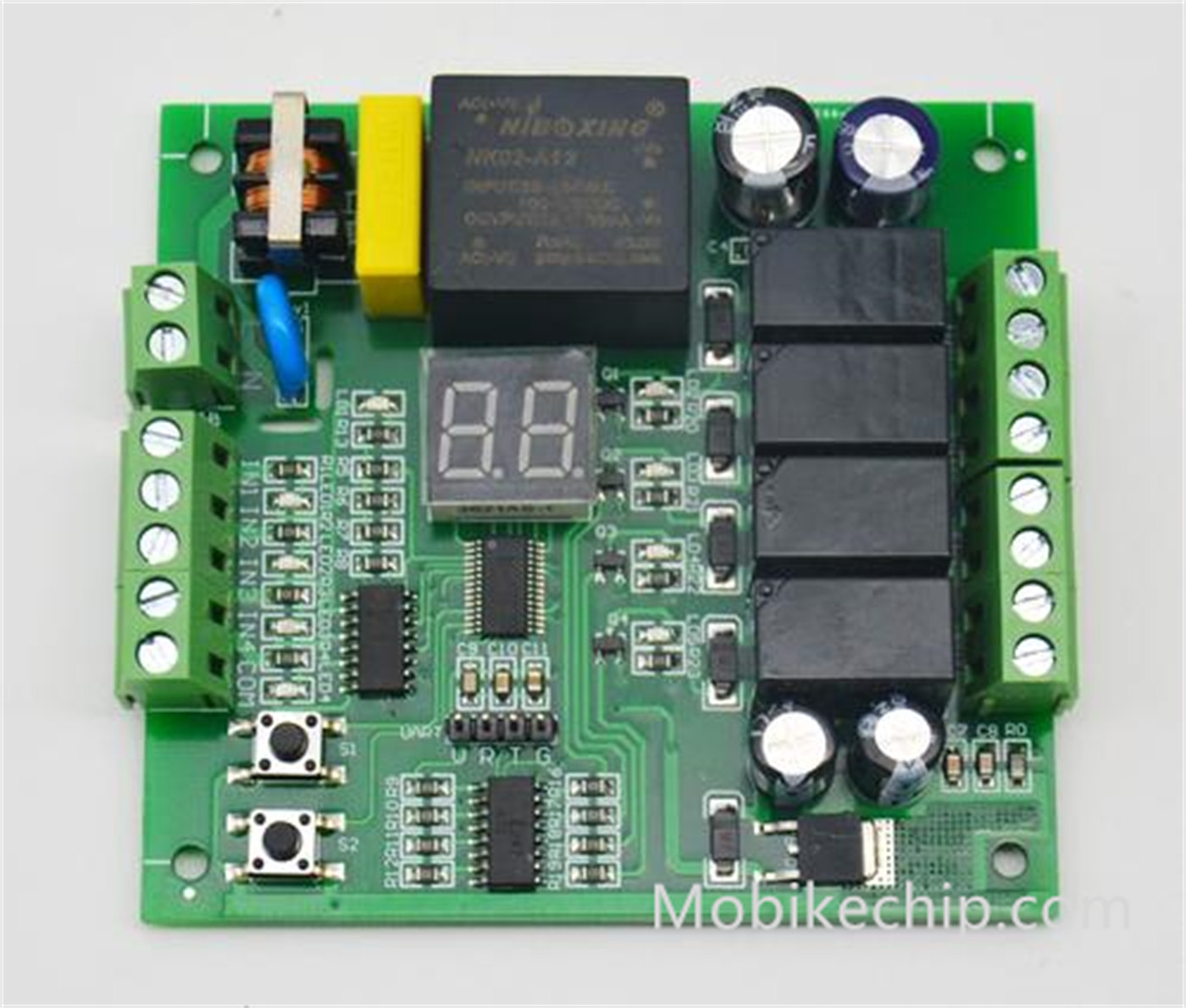How to check starter relay?
The starter relay is an important component in internal combustion engine equipment such as automobiles and motorcycles, and is responsible for controlling the switching of the starter motor, thus helping the engine to start smoothly. However, due to prolonged use or environmental factors, the starter relay may malfunction, causing the equipment to fail to start properly. Therefore, learning to check the condition of the starter relay is a very practical skill for vehicle owners and repairers.
As a professional electronic components company, MobikeChip is committed to providing customers with high-quality electronic components and technical support. In this article, we will introduce you in detail how to check the starter relay, help you quickly determine whether the relay is working properly, and provide some practical maintenance suggestions.
The role of the start relay and common failures
1. The role of the starter relay
The starter relay is a kind of electromagnetic switch that controls a large current through a small current, thus turning on the power of the starter motor and helping the engine start. Its core function is to protect the ignition switch from the impact of high current, while ensuring that the starter motor can work properly.
2. Common Failures
Coil failure: The coil is broken or short-circuited, resulting in the relay not being able to absorb.
Contact failure: oxidized, burnt or sticky contacts, resulting in the circuit not being able to pass normally.
Mechanical failure: spring failure or mechanical parts wear, resulting in the relay can not work properly.
Preparation of tools for checking the starter relay
Before checking the starting relay, you need to prepare the following tools:
Digital multimeter: for measuring coil resistance and contact on/off.
12V DC power supply: used to simulate car power supply and test the relay suction.
Screwdriver: for disassembling the relay or related parts.
Connecting wires and clips: for connecting circuits.
It is also necessary to know the pin definition of the starter relay. Usually, the pins of the starter relay are labeled on the coil and contacts, for example, “S” for the start signal pin, “B” for the power pin, and “M” for the starter motor pin.
Steps for checking the starter relay
1. Check coil resistance
Set the multimeter to resistance measurement (usually Ω), and touch the coil pins (usually “S” and ground pins) of the relay with the meter pen. Under normal circumstances, the coil resistance value should be between tens of ohms to hundreds of ohms. If the resistance value is infinity, the coil is disconnected; if the resistance value is zero, the coil is shorted. Both conditions indicate that the relay is damaged.
2. Check the contacts
When not energized: set the multimeter to resistance measurement, and contact the “B” and “M” pins with the meter pen. Under normal circumstances, the contacts should be in the open state, the resistance value is infinite.
When energized: Connect the 12V DC power supply to the coil pins (“S” and ground pin) of the relay and observe whether the contacts are closed. If the contact is closed and the resistance value is close to zero, it means the contact is working normally; if the contact is not closed or the resistance value is large, it means the contact may be oxidized or damaged.
3. Test the relay absorption
Connect the 12V DC power supply to the coil pins (“S” and ground pins) of the relay, and observe whether the relay is absorbed or not (hear the “click” sound). If the relay does not engage, the coil or mechanical parts may be damaged. 4.
4. Check the operating voltage of the relay
Connect a DC power supply to the coil pins of the relay and gradually increase the voltage until the relay is engaged. At this time, the voltage value displayed by the multimeter is the operating voltage of the relay. If the difference between the action voltage and the nominal value is large, it indicates that the relay has poor performance.
Precautions in the inspection
Safety first: Before checking the starter relay, be sure to disconnect the power supply of the car to avoid electric shock or short circuit.
Correctly identify the pins: the pin definitions of different models of starter relays may be different, be sure to refer to the manual or logo of the relay.
Avoid short circuits: During testing, make sure the connecting wires are properly connected to avoid short circuiting and damaging the relay or other equipment.
Regular maintenance: Check the starter relay and its connecting wires periodically to ensure that they are in good condition.
Conclusion
With the above steps, you can easily check the status of the starter relay and quickly determine whether it is working properly. As a key component in internal combustion engine equipment, the performance of the starting relay directly affects the starting effect of the equipment. Therefore, it is very necessary to check and maintain the starting relay regularly.
MobikeChip is always committed to providing customers with high quality electronic components and solutions. If you encounter any problems when checking or using the starter relay, please feel free to contact us and we will be happy to provide you with technical support and service!



Comments
Post a Comment